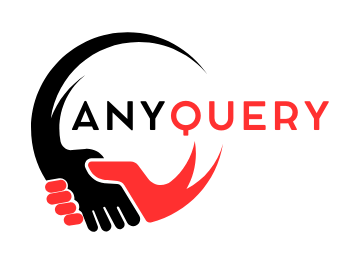Blueprints of the Future: Product Design with Purpose and Power
What Is Product Design, Really?
Think of the last product you loved using. Maybe it was a sleek smartphone, a user-friendly app, or a comfortable chair that seemed to “get” your posture. That magic you felt? It wasn’t luck. It was an intentional product design.
Product design is the art and science of creating products that solve problems, delight users, and drive business success. It’s where creativity meets strategy. Where empathy meets engineering. And in today’s world, it’s one of the most powerful tools for innovation.
The Role of Product Design in Everyday Life
You interact with product design more than you realize—when you unlock your phone, ride a bike, or even open a ketchup bottle. Every detail, from the texture of a button to the color of a checkout screen, has been designed with a purpose.
Great product design doesn’t just make things look good. It makes things work better.
Design Thinking: Innovation With a Soul
Modern product design lives and breathes through design thinking — a non-linear process built around empathy, ideation, prototyping, and testing. It’s messy. It’s iterative. And it’s where the magic happens.
Empathy reveals the user’s world — their frustrations, desires, and behaviors.
Ideation explodes with creative chaos: brainstorming, sketching, whiteboarding.
Prototyping brings imagination down to earth. Paper, foam, Figma, or 3D print — whatever it takes to bring an idea to life.
Testing refines the design with real users, because the best feedback rarely comes from inside the studio.


The Toolkit: Where Craft Meets Technology
Today’s product designers have tools that previous generations could only dream of. From AI-driven prototyping to virtual reality testing, the boundaries of what’s possible are constantly expanding.
A typical workflow might include:
Sketching & Wireframing in tools like Figma, Sketch, or Adobe XD.
3D Modeling using software like Blender, Fusion 360, or Rhino.
Rapid Prototyping with 3D printers or CNC machines.
User Testing with real-time feedback tools or motion sensors.
Moodboarding and trend-mapping to align the visual language.
But no matter how advanced the tools, the core of good design remains human intuition. Great designers know how to blend craft with code, beauty with function, and vision with viability.
From Concept to Consumer: The Design Journey
Behind every product that feels “effortless” lies months (or years) of effort. The journey might begin with a sketch inspired by nature, evolve through hundreds of revisions, and eventually end up in a user’s hands — where it must stand the test of real-world interaction.
.
Imagination as a Competitive Edge
In today’s oversaturated market, functionality alone won’t cut it. Users want products that speak to them, delight them, and make them feel understood. That emotional resonance — that spark — comes from imagination.
Think about it: The curves of a Dyson vacuum, the satisfying click of an AirPods case, the calming interface of a meditation app — these are all examples of designing for emotion. Products today are not just tools. They’re companions, extensions of identity, and even cultural statements.
Imagination allows designers to explore unexpected connections — combining aesthetics from nature with data from sensors, or merging tradition with futuristic tech. It’s about seeing what others don’t see and daring to make it real.
The Future is Cross-Disciplinary
Product design is no longer confined to industrial design studios. It lives at the intersection of tech, business, psychology, sustainability, and art. Whether it’s a self-cleaning water bottle or a modular living pod, the future belongs to hybrid thinkers — designers who can move between disciplines and speak multiple creative languages.
Tomorrow’s most innovative products will be:
Sustainable by design.
Inclusive by intention.
Adaptive by default.
And often, co-created with communities and users.
Conclusion: Designing Possibility
Product design is far more than sketching and styling — it’s about shaping the world we live in. Every knob, interface, chair, and app we touch is the result of someone daring to ask: What if this could be better?
And so, whether you’re a designer, entrepreneur, engineer, or just someone curious about how things are made — remember this:
The best product design happens when innovation is the engine, and imagination is the fuel.
Welcome to the intersection where design dreams become reality.

